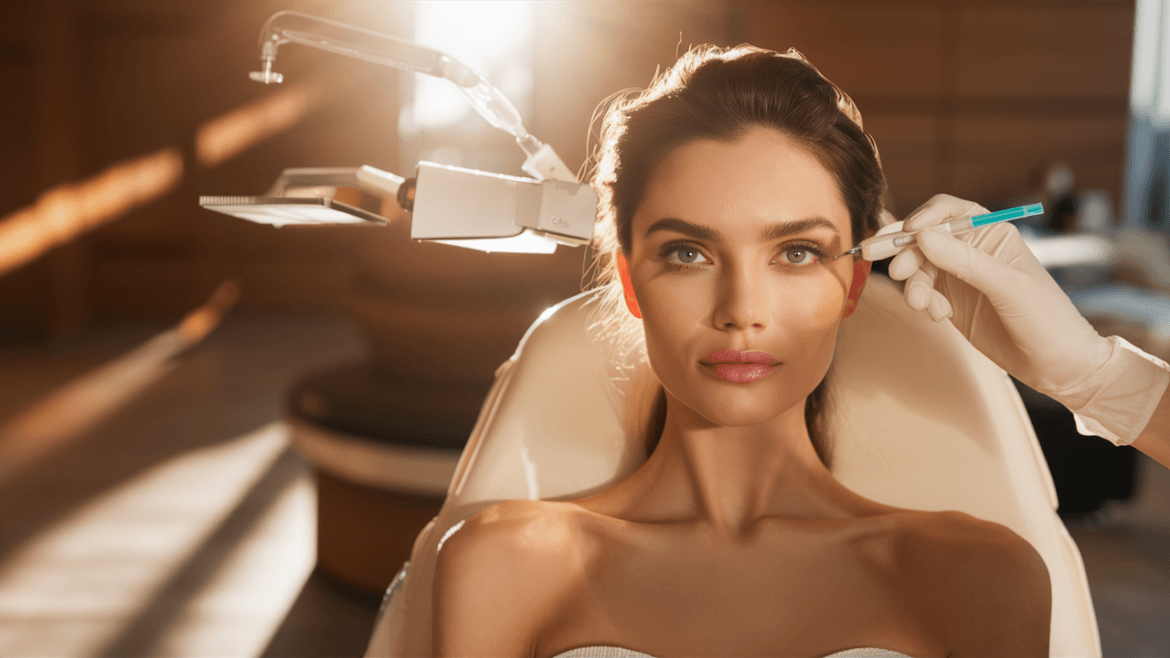In the aesthetic industry, there is already a distinction between the trends before and after the pandemic. Although the makeup sales have declined significantly since the onset of COVID-19, the consumers are open to the use of decorative cosmetics with antibacterial properties. The eye makeup is surpassing the lipstick in popularity, and the focus in both aesthetics and makeup is now primarily on the eyes.
Given the daily necessity of wearing protective masks, a trend has emerged in recent months emphasising the use of antibacterial moisturising facial cosmetics and antibacterial decorative makeup products. The goal is to prevent the appearance of the spots, rashes, and irritations associated with the masks.
Many people, especially those in the medical field, have to wear protective masks for hours on end without removing them. The warm air combined with the friction from a tightly fitting mask can cause inflammations and abrasions on the face, and disrupt the skin’s microbiome, leading to rashes and sensitivity.
The solution is to use facial cosmetic products with ingredients commonly found in acne creams, such as salicylic acid, hyaluronic acid, and others, to prevent the appearance of pimples and rashes.
Contents
Cotton masks are gentlest on the skin

The masks have become a daily necessity for all of us, so we cannot simply avoid wearing them. Many masks are made from nylon, paper materials, or natural fibers, and while they are great for breathing, they do not meet the filtration requirements. According to the dermatologists, the cotton-based masks are currently the most effective for breathing, filtration, and prevention of the moist and hot environment that favours the occurrence of skin irritations.
The wearing of masks will undoubtedly continue to influence the development of new categories of cosmetic products. The antibacterial acne cosmetics are becoming increasingly popular and expanding in terms of users — they not only target teenagers, but also adults now.
The boom in the aesthetic eye procedures

Undoubtedly, the main focus of beauty care is now directed towards the eyes, as they are the only part of the face visible. There is a boom in the field of aesthetic dermatology for injectable, apparatus-based, and cosmetic procedures to refresh the gaze, hydrate, correct the dark circles, the bags, and the wrinkles.
The skin symptoms of COVID-19
The dermatologists clarify that COVID-19 can cause an inflammation of some mucous membranes, various skin reactions, and other symptoms. The three main possible skin rashes associated with COVID-19, which have been described in recent reports, include urticaria (hives), uneven red rashes described as chickenpox-like, and chilblains (COVID toes and fingers). Up to 20% of the COVID-19 cases may have a skin involvement caused by SARS-COV-2 (the virus that causes COVID-19). The virus triggers a range of immune responses, and it is no surprise that the skin can also be affected.
Urticaria
Urticaria rashes can appear in the early stages of infection, but they can also persist long after, even when the patient is no longer COVID-19 positive. The rash appears suddenly, with the bumps usually coming and going quickly, within hours, and are very itchy. It can affect any part of the body. If it affects the face, it can cause a swelling of the lips and eyelids. The eruption can also start with intense itching of the palms or soles. If the patient has a swelling of the lips, it is important to check for breathing difficulties or wheezing, as this requires urgent medical attention.
Inflammation of the mucous membranes – the eyes, the lips and the mouth
COVID-19 can also cause an inflammation and tearing of the eyes. The lips can become affected and turn dry and scaly. Pain in the mouth is also possible.
Chickenpox-like rash
The erythematous-vesicular rash (described as chickenpox-like) differs from urticaria, as it lasts for days or weeks. Small itchy red bumps can appear anywhere on the body, especially the elbows and knees, as well as the back of the hands and feet. It can resemble prickly heat. The rash can persist even after the active contagious phase has ended and can appear weeks after the infection onset.
COVID toes and fingers
This is the most specific rash of COVID-19, as there are not many other skin conditions that present this way. Known as chilblains, it was relatively rare before COVID and mainly observed in people with circulation problems in their fingers and toes. It manifests as reddish and purple bumps on the fingers and toes, which may be painful but usually not itchy. This type of rash is most specific to COVID-19, more commonly seen in younger people with the disease, and tends to appear later.
The pandemic has undeniably reshaped our approach to beauty and skincare, ushering in new trends and priorities that emphasise the skin’s health and functionality. As the protective masks continue to be a part of our daily lives, the demand for antibacterial and soothing skincare products has surged. This shift has prompted innovations in the cosmetic formulations designed to combat the mask-induced irritations and maintain the skin’s health.
Moreover, the aesthetic industry has witnessed a significant increase in the procedures focused on the eyes, highlighting a new area of interest in the field of beauty care. The treatments aimed at the rejuvenation and enhancement of the eye area have become popular as the masks draw more attention to this visible part of the face. This trend underscores the adaptability and resilience of the beauty industry in responding to the constantly changing consumer needs and circumstances.


